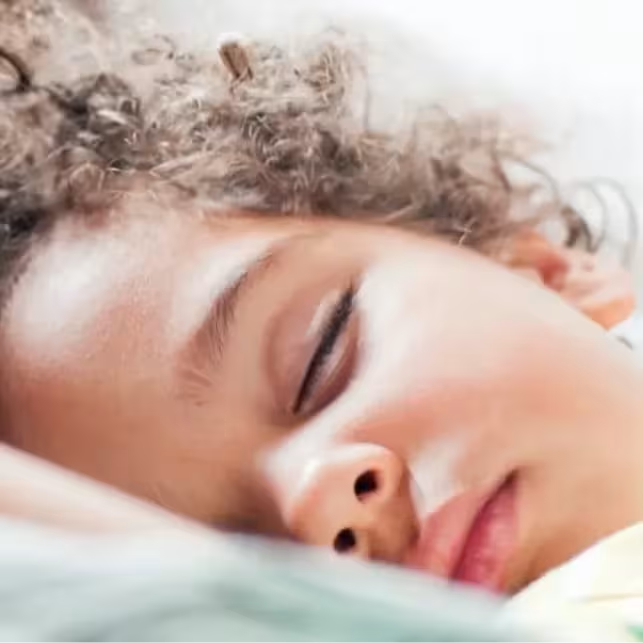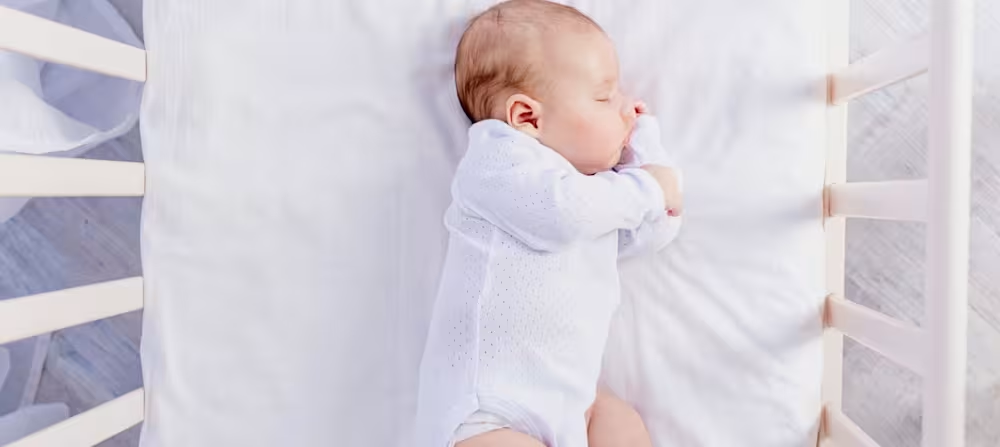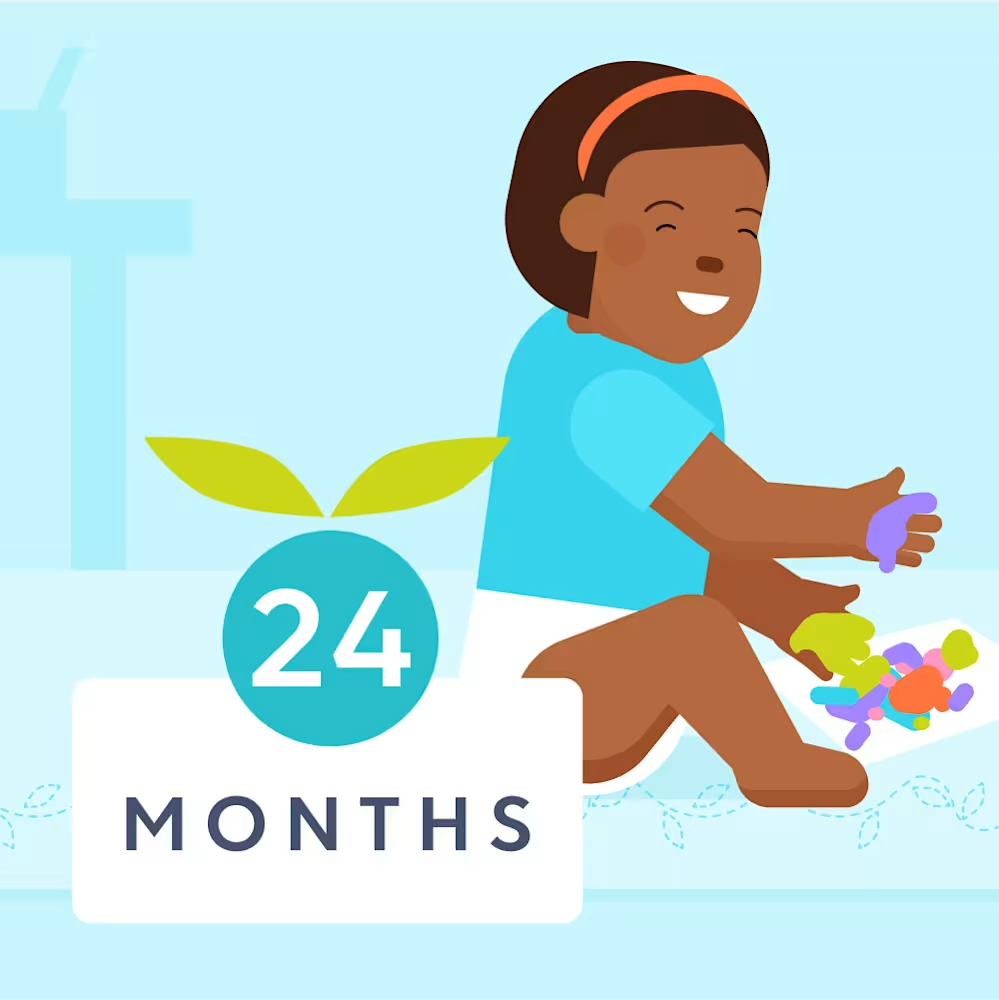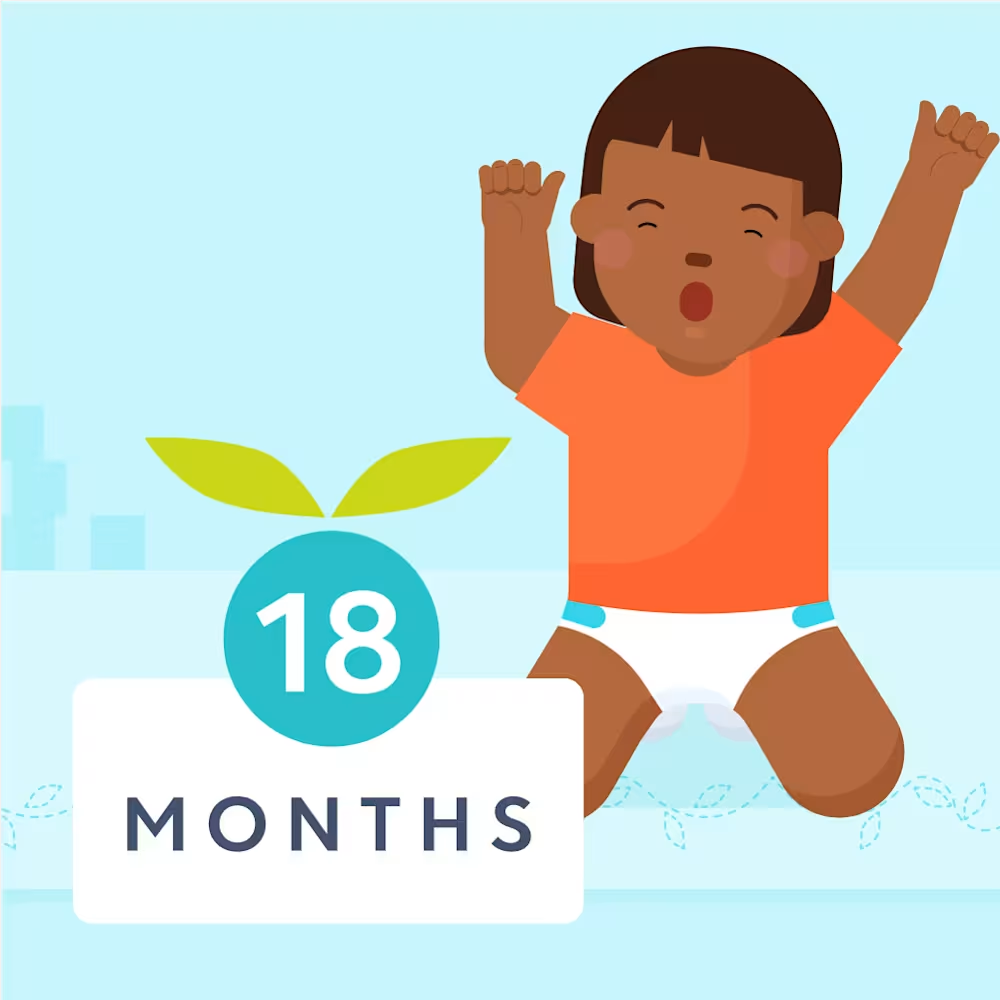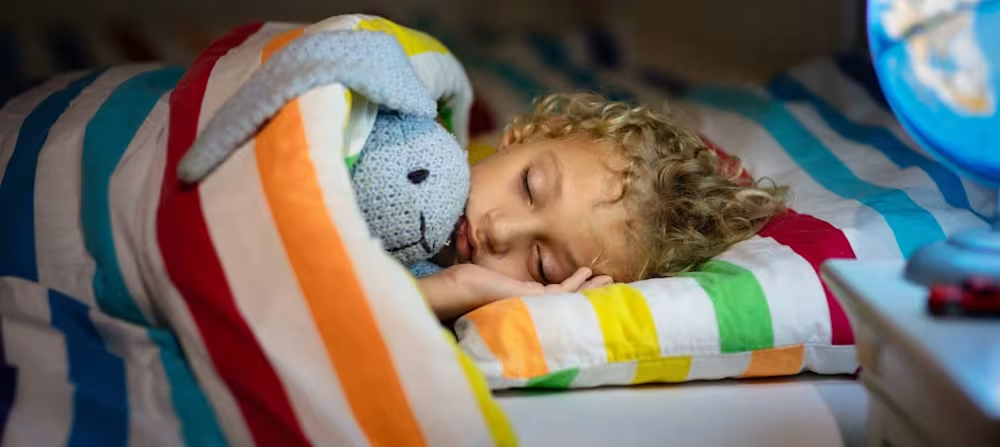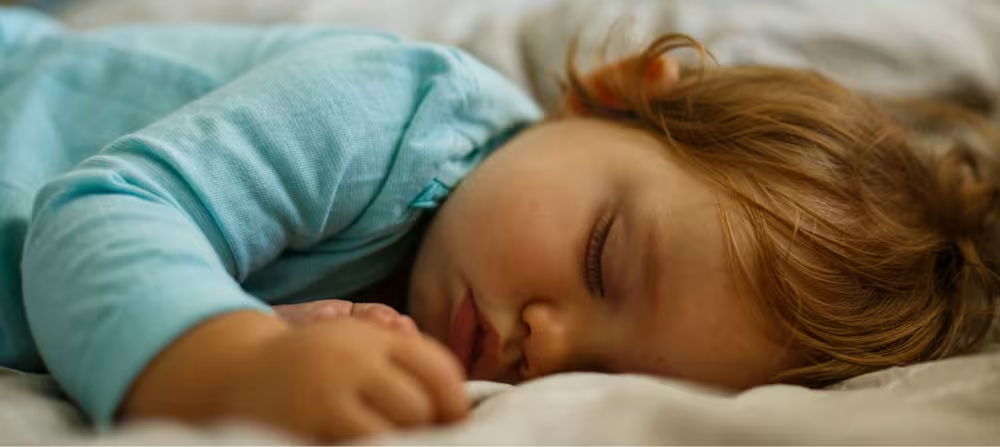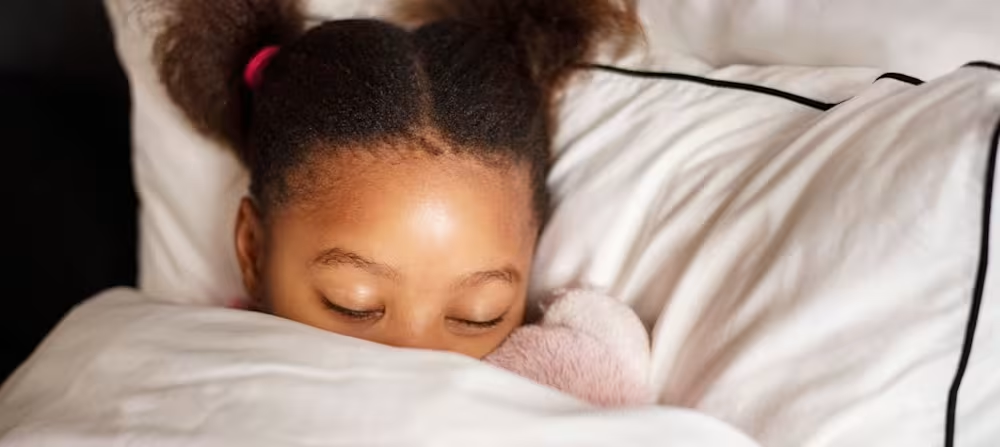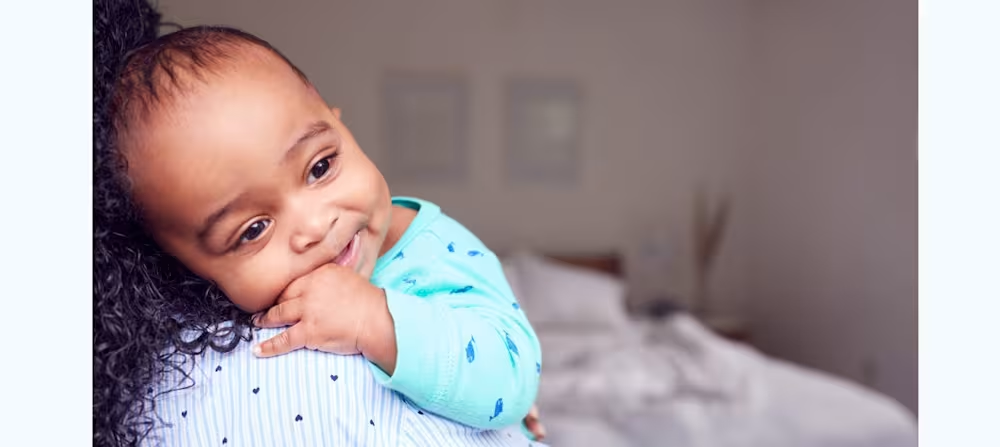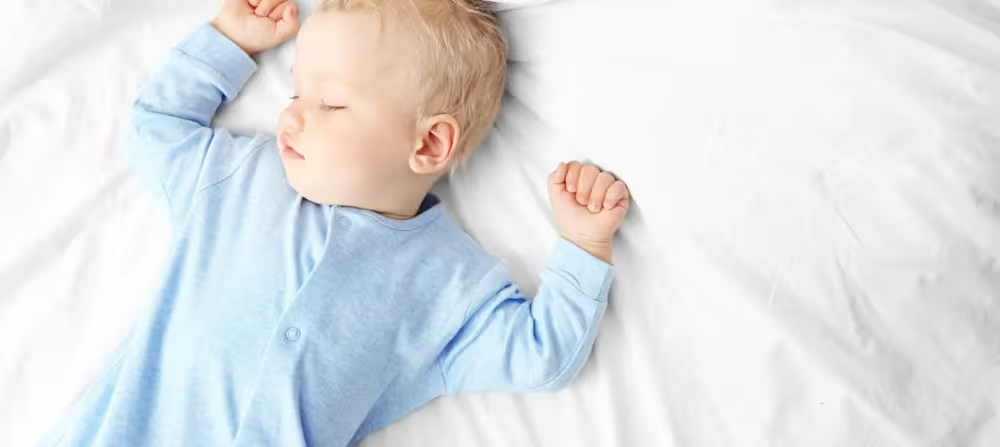When can a toddler use a pillow?
Updated Oct 16, 2025

You may be finding yourself wondering when it's safe and appropriate to introduce a pillow. Perhaps your little one is asking for one, or you are just trying to make their sleeping place more comfortable. It can be hard to sleep without a pillow, right?
While pillows can play a role in sleep comfort for older children and adults, it's essential to consider the safety aspects and developmental readiness of your toddler before making this addition to their sleep environment. In this article, we'll explore the guidelines for when to introduce a pillow, the safety considerations involved, and tips for choosing the right pillow and making a smooth transition. By understanding these key factors, you can make an informed decision about when and how to introduce a pillow to your toddler's bedtime routine.
Do toddlers actually need pillows?
Toddlers generally don't need pillows for sleeping. In fact, it's often recommended that children under the age of two do not use pillows. Pillows are meant to provide comfort, and small children sleep very well without them.
When to introduce a pillow for your child
The American Academy of Pediatrics (AAP) recommends no pillows under 2 years of age []. This age guideline is based on factors such as the reduced risk of Sudden Infant Death Syndrome (SIDS) and the development of motor skills that allow toddlers to maintain open airways while sleeping. We recommend speaking to your pediatrician if you want to introduce a pillow to your kiddo’s sleep environment.
Some parents do introduce a pillow earlier and other parents wait until . This decision is completely dependent on the parents and their medical provider.
While research hasn’t pinpointed the exact time to start putting soft items like pillows and stuffed animals in the crib, most experts agree that they’re pretty safe for healthy babies once they’re over 12 months old [].
Signs that your toddler may be ready for a pillow include being 2 years or older, showing interest in or asking for a pillow, and demonstrating the ability to move pillows or blankets away from their face during sleep. If you are thinking about introducing a pillow, we recommend speaking to your pediatrician.
Safety considerations for introducing a pillow
There are several things to consider when choosing a pillow to make sure that your child’s sleep environment is a safe one.
Choose a pillow that is specifically designed for toddlers. These pillows are typically smaller, thinner, and firmer than adult pillows, providing just enough support without the risk of overcrowding the sleep space.
If your baby or toddler is still in a crib, placing a pillow in their crib may entice them to use it as support to climb out of the crib. Toddlers are very creative and many use pillows and stuffed animals and stack them up against the rail to get enough support and height to climb out. If you do decide to introduce a pillow, make sure that there are no other objects in the crib that your child can use to stack and climb out. Check that the crib is at the lowest height setting and remove the pillow if you notice your child is using it in an unsafe manner.
Filling of the pillow
You want to make sure that the materials the pillows are made of won’t pose a choking risk to your child. Opt for pillows that aren’t filled with small pellets and/or microbeads, hard grain, seeds, or anything else that your child might put in their mouth. A fiber-filled pillow is your best bet.
If you are concerned about allergies and breathability, consider the materials used in the pillow before purchasing one. There are several organic and non-toxic options in the market, and cotton pillow covers are usually cooler than other fabrics. This is especially important if your little one tends to get hot at night. The height of the pillow is important as well. Your child is used to sleeping on a flat and firm surface, and their small neck and spine are still in development, so make sure that you opt for a pillow that is small and flat.
Tips for choosing the right pillow and for a smooth transition
Here are some tips for using pillows for your toddler:
Look for kid-specific pillows
Consider the pillow material
Let your toddler have a choice
Allow your child to get familiar with a pillow
Look out for sleep disruptions
Find more details below:
Tip #1: Look for kid-specific pillows
When selecting a pillow for your toddler, look for one that is appropriately sized for their body and bed. Toddler pillows are typically smaller than standard pillows, with dimensions around 12x16 inches or 13x18 inches. Choose a pillow with a thickness of about 2 to 3 inches to provide adequate support without being too high. A very thick pillow can be uncomfortable for your child and might put too much strain on their small neck and spine.
Tip #2: Consider the pillow material
Opt for materials that are safe, hypoallergenic, and easy to clean. Avoid pillows with fillings that may pose a choking hazard. Many toddler pillows are made with polyester fiberfill or memory foam, which are durable and maintain their shape over time.
Tip #3: Let your toddler have a choice
To help your toddler transition to using a pillow, let them pick out their own pillowcase or involve them in the selection process. This can create a sense of excitement and ownership over their new sleep accessory.
Tip #4: Allow your child to get familiar with a pillow
Gradually introduce the pillow during storytime or quiet play before and bedtime, allowing your toddler to become familiar with it outside of the sleep context.
Tip #5: Look out for sleep disruptions
Once you've introduced the pillow, continue to use it each night to help your child adjust to this new addition to their . If your toddler shows dislike or discomfort with the pillow, consider waiting a few weeks before reintroducing it or trying a different size or style. If your child starts using the pillow as support to climb out of the crib, or in another way that disrupts their usual sleep patterns, consider removing the pillow and introducing it at a later time.
Remember that it is OK if your child ends up sleeping with their head on the mattress instead of the pillow for the rest of the night!
Takeaway
According to the AAP, introducing a pillow to your toddler's should be done when your child is over 2 years old in order to follow safe sleep recommendations.
By following age guidelines, choosing an appropriate pillow, and creating a comfortable sleep environment, you can promote healthy sleep habits for your growing toddler.
Remember that every child is different, and what works for one may not work for another. Trust your instincts as a parent and prioritize your toddler's safety and comfort above all else. With patience, consistency, and a little trial and error, you'll find the right approach to pillow introduction that supports your toddler's healthy sleep development.
When can a toddler use a pillow FAQ
Share article:
Note: The content on this site is for informational purposes only and should not replace medical advice from your doctor, pediatrician, or medical professional. If you have questions or concerns, you should contact a medical professional.

